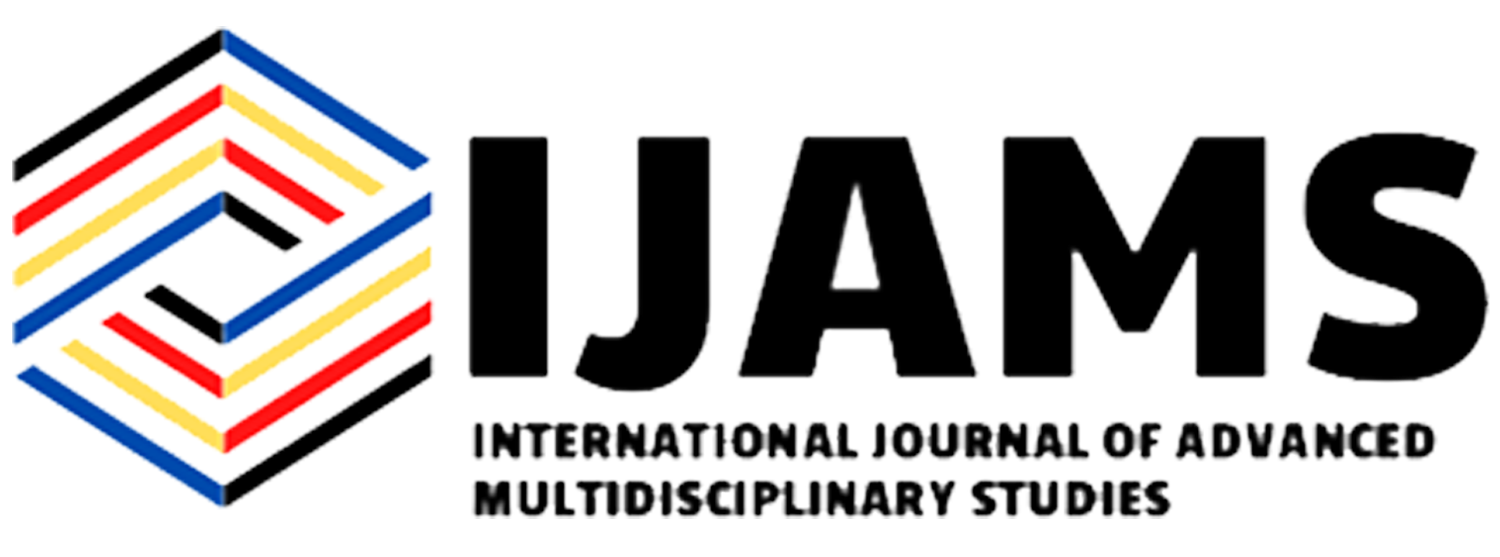ISSN: 2782-893X
eISSN: 2799-0664
 ISSN: 2782- 893X
ISSN: 2782- 893X


—— The classroom environment is the perfect context for social comparisons to occur as it provides an abundance of comparative information, as pupils work together and share ideas, allowing observation of information about peers including assignments, classwork, grades, discussions as well as teacher feedback. In this context, ability grouping technique is implemented in the classroom as it is believed to be effective in attaining improvement in performance among the pupils in Math. hence, this study is formulated to evaluate the effectiveness of ability grouping technique in teaching Math. employing quasi-experimental researcher design, the researcher-made tests was administered to determine the performance of the Grade 2 pupils in Math before and after the intervention. Simple percentage, and t-test of mean difference were the statistical tools used. Based on the result of the study, it was found out that there is a significant difference in the performances of Grade 2 pupils before and after the implementation of ability grouping technique in teaching Math. Grouping the pupils into smaller groups allows the teacher to tailor instructions based on the needs of each group, providing more targeted and differentiated learning experiences. With the proper implementation of the intervention coupled with differentiated instruction, activities and learning materials, the performance of the pupils in Math increased. Thus, ability grouping technique is an effective learning technique and method in improving the performance of the pupils in Math. Keywords — Effectiveness, Differentiated Mathematical Instruction, Performance, Grades 3 & 4 Pupils, Instructional Supervision